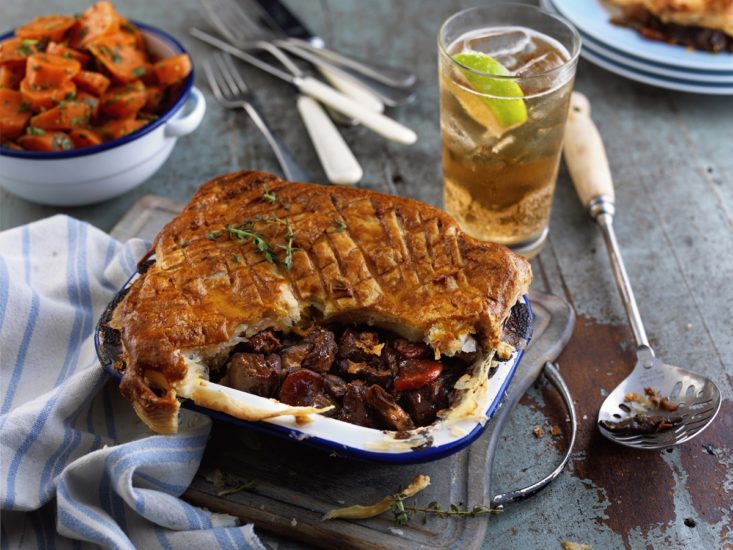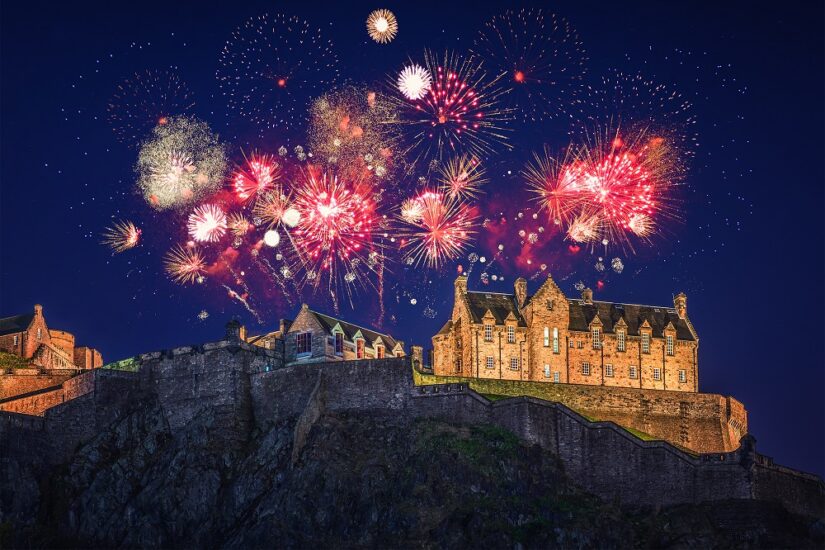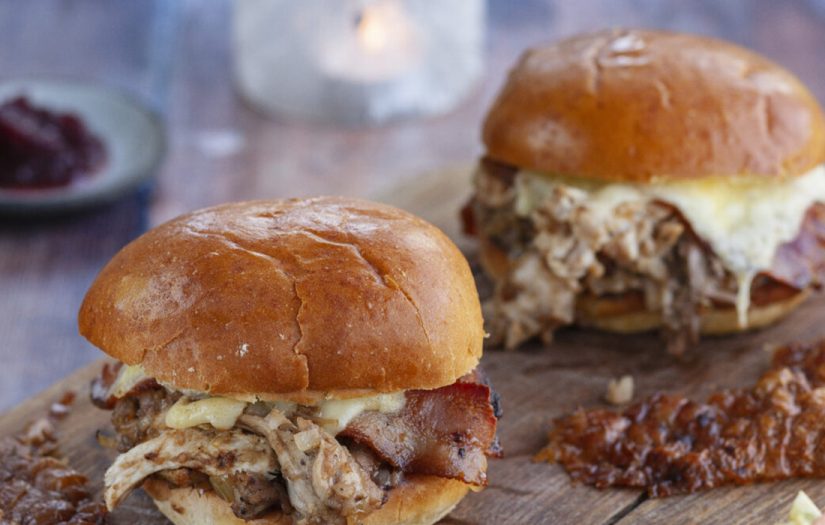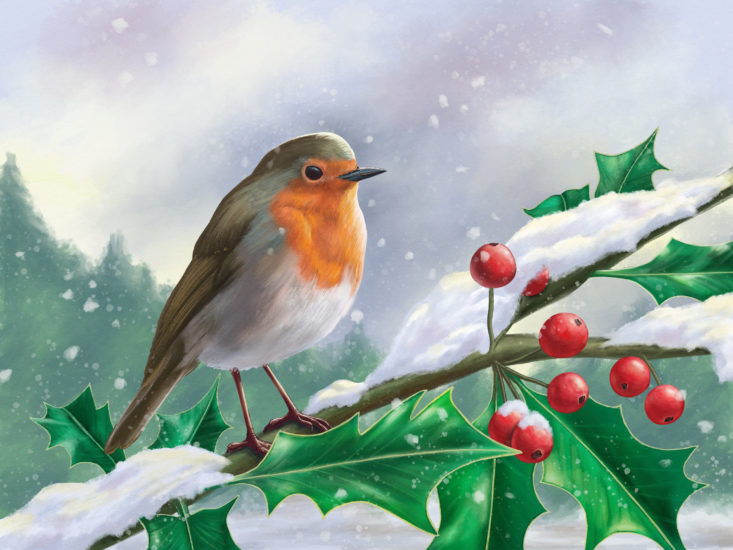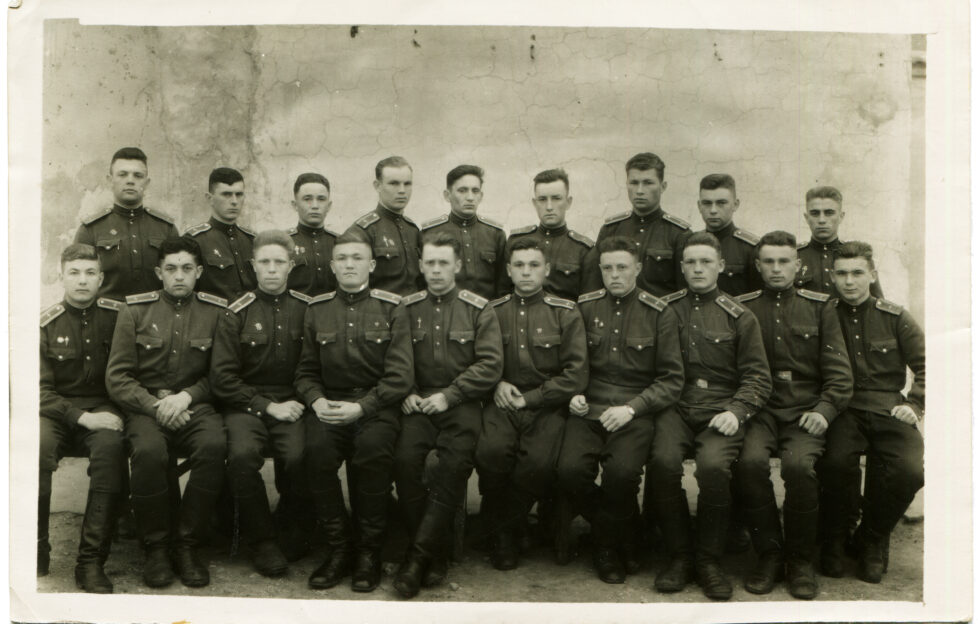 Shutterstock / IgorGolovniov©
Shutterstock / IgorGolovniov©Starting this Remembrance Day, our colleagues at Findmypast have once again made access to their military records free. And they have some advice for those of us looking through old military photos for clues to our family tree.
These photographs can provide a wealth of clues about the lives and experiences of our military ancestors.
From fashions, hairstyles and jewellery to medals and uniforms, knowing what to look for can be very helpful for learning more about your family story.*
Learn what to look out for
There are several identifying features in old army photos that can help you make sense of it.
Look closely at collar, cloth and cap badges, accoutrements, jacket and trouser pattern.
Don’t forget to check the back of military photographs for more information. Also, make a note of the photographer and location — they are usually branded.
All of these unique signs could help you understand which army regiment a soldier served in, and what rank they were.
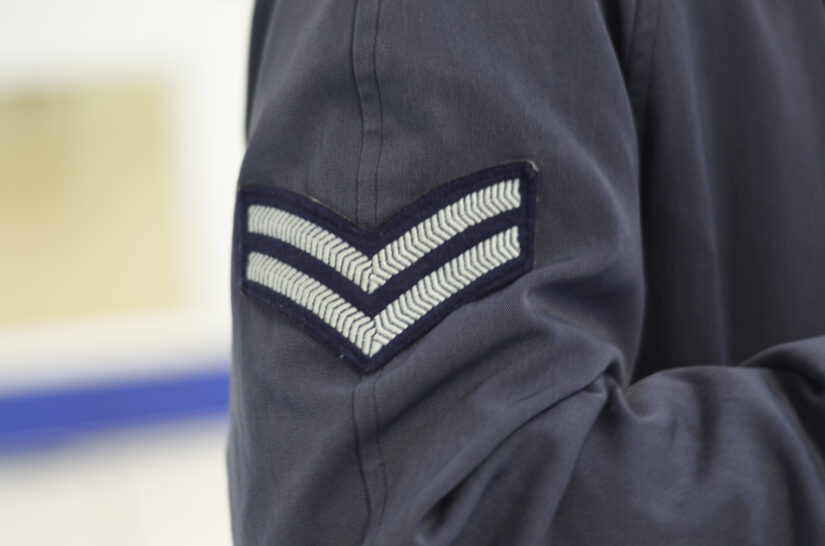
Shutterstock.
Investigate insignia
Insignia can provide all manner of clues to an ancestor’s rank and service history.
Large inverted chevrons and pips worn on the sleeve can be a great indicator of rank, particularly for non-commissioned officers (NCOs).
As today, sergeants wore three chevrons, point downwards, on the upper arm. Corporals wore two, with sergeant-majors and quarter-master-sergeants then having four.
Lance corporal wasn’t technically a rank, but an appointment. The position carried extra pay for private holding it, who wore a single chevron.
Later in the century the lance-sergeant appeared, wearing three chevrons.
The infantry rank of colour sergeant appeared in 1813 as a reward for senior sergeants, with one allowed per company.
The rank holder wore a badge consisting of a regimental colour supported by two crossed swords.
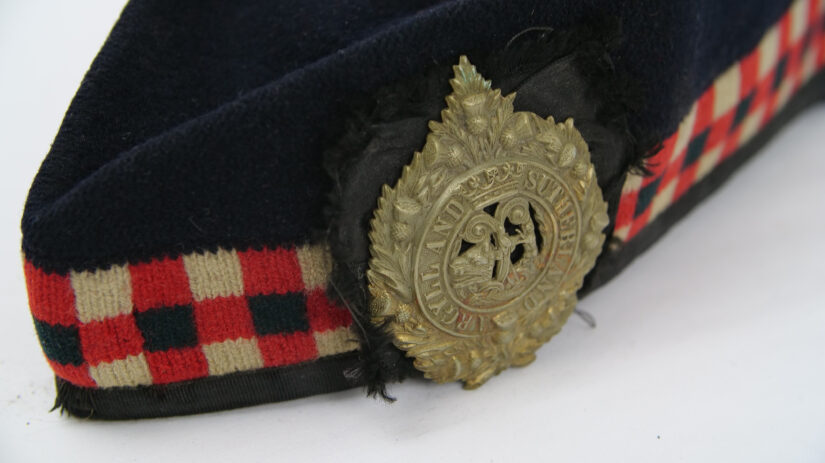
Shutterstock.
Buttons and badges
Everyone in military uniform in World War I had badges issued to them.
Cap and shoulder badges can be easy to spot in old military photos, so are usually worth checking first.
Prior to World War I, badges were brass. This was soon found to be impractical in trench warfare, however, as their glint could attract the attention of snipers or artillery spotters.
Consequently, soldiers would often remove badges in combat. Military authorities eventually introduced cloth versions, especially for shoulder badges.
Cap badges almost always showed a soldier’s regiment.
Shoulder badges can sometimes provide even more detail, allowing you to pinpoint a specific unit, such as a battalion, battery or field ambulance.
Trade and proficiency badges can also provide insights into the training your ancestor received.
Servicemen normally wore these on the upper sleeve to indicate any specialist training, and the level they had achieved.
Another type of badge to look out for are battle stripes.
These were cloth, and represented which division the man belonged to (each division had its own badge or insignia).
Soldiers usually wore these on the upper sleeve.
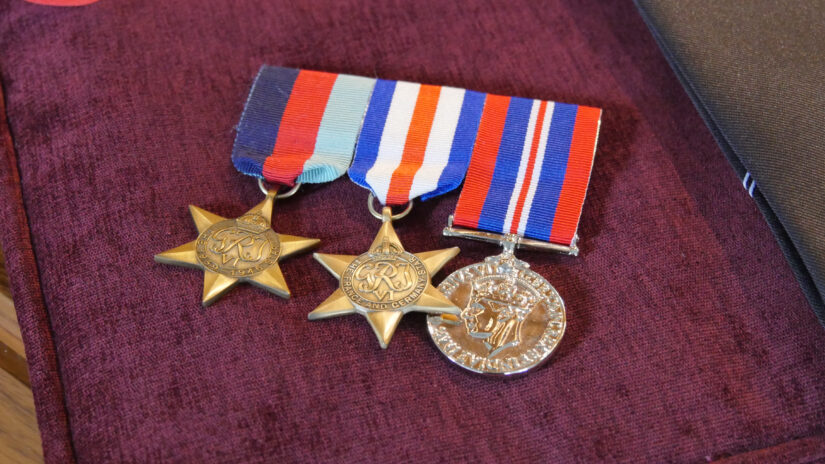
Shutterstock.
Delve into decorations
Examine the photograph in detail to see if you can identify the medals (if any) in it.
Successfully recognising a medal could tell you what conflict the solider served in, whether they were decorated for bravery, or even provide clues about their military career.
The main types of medal to keep an eye out for include:
Campaign medals
Awarded for participating in a certain campaign.
World War I examples include the British War Medal, Victory Medal, 1914 Star and Silver War Badge.
Gallantry awards
Awarded for an individual act of bravery.
Examples include the Distinguished Conduct Medal, Military Cross, George Cross and Distinguished Service Order
Efficiency and service medals
Awarded for periods of continuous service with good conduct.
Examples include the Meritorious Service Medals, Efficiency Medals, Marksmanship, Voluntary and Long Service Medals.
Other clues
You need to scour the photograph in its entirety to see if there are any other features that will reveal more details about it.
Is there a newspaper or poster in the picture that has a date on it? Maybe the photo includes a landmark?

